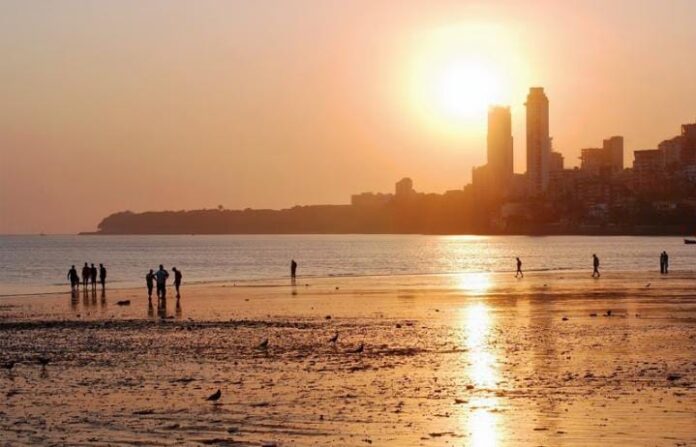On May 26–27, the Met Office has issued a warning for exceptionally heavy rainfall in the coastal areas of West Bengal and north Odisha.
The India Meteorological Department (IMD) stated on May 24 that “a cyclone brewing in the Bay of Bengal will make landfall between Sagar Island in West Bengal and Bangladesh’s Khepupara on Sunday midnight.”
In accordance with the Indian Ocean region’s cyclone naming system Remal is the name given to this first cyclone of the pre-monsoon season in the Bay of Bengal. By Saturday morning, the system will become a cyclonic storm, and by Saturday night, it will become an extremely powerful cyclonic storm.
According to an update issued by the IMD around Sunday midnight “it’s very likely to cross Bangladesh and adjoining West Bengal coasts between Sagar Island and Khepupara as a severe cyclonic storm. On Sunday, the cyclone’s wind speed can reach 120 km/h.
On May 26–27, the Met Office has issued a warning for exceptionally heavy rainfall in the coastal areas of West Bengal and north Odisha. On May 27 and 28, extremely high precipitation is predicted in some areas of northeast India.
When the storm makes landfall, low-lying coastal West Bengal and Bangladesh districts are predicted to be submerged by up to 1.5 meters of storm surge. It has been urged that fishermen at sea should head back to land and avoid entering the Bay of Bengal until May 27.
In the South and North 24 Parganas districts of West Bengal, the IMD issued a warning of localized floods and significant damage to susceptible structures, electricity and communication lines, kutcha roads, crops, and orchards.
People in the affected areas have been asked to remain indoors and vacate vulnerable structures. Result of oceans absorbing most of the excess heat from greenhouse gas emissions, scientists say cyclonic storms are intensifying rapidly and retaining their potency for longer periods due to warmer sea surface temperatures.
The past 30 years have witnessed the highest sea surface temperatures since records started being maintained in 1880. According to senior IMD scientist D. S. Pai, warmer sea surface temperatures mean more moisture, which is favourable for the intensification of cyclones.
It has been requested that residents in the impacted areas stay indoors and leave any potentially dangerous buildings. Because the oceans are absorbing the majority of the surplus heat from greenhouse gas emissions, scientists claim that cyclonic storms are becoming more powerful and lasting longer periods of time.
Sea surface temperatures have reached their highest point since records began to be kept in 1880 during the last 30 years. Senior IMD scientist D. S. Pai claims that increased moisture brought on by increasing sea surface temperatures is conducive to storm intensification.
According to Madhavan Rajeevan, the former secretary of the Union Ministry of Earth Sciences, a sea surface temperature of 27 degrees Celsius or more is required for a low-pressure system to strengthen into a cyclone. Right now, the Bay of Bengal’s sea surface temperature is about 30 degrees Celsius.
“The Bay of Bengal and the Arabian Sea are very warm at present, so a tropical cyclone can easily form,” said Rajeevan.
However, the atmosphere also has a significant influence on tropical cyclones, particularly when it comes to vertical wind shear, which is the change in wind direction or speed with height. Mr. Rajeevan predicted. “If there is a significant vertical wind shear, a cyclone won’t get stronger. It’ll wane,”.
NEWS – SANJANA KUMARI.








